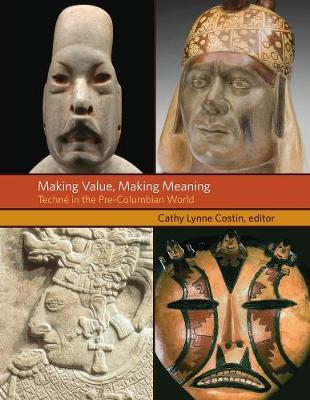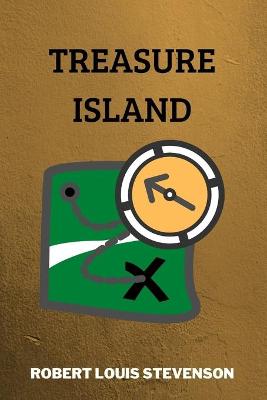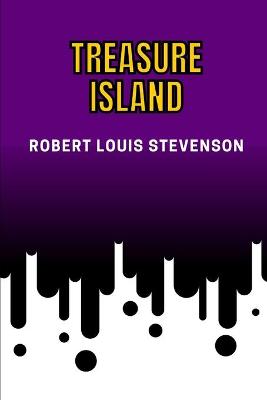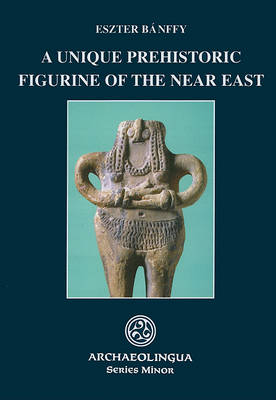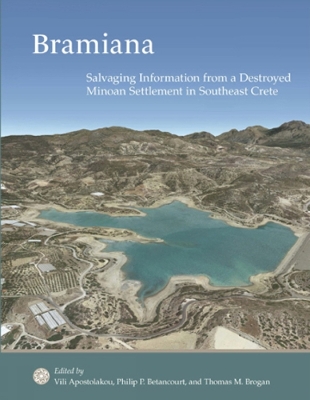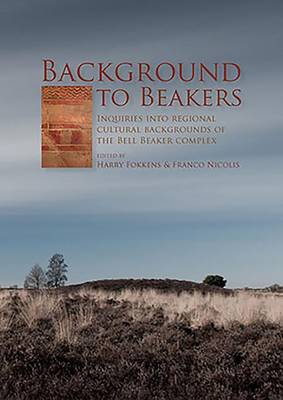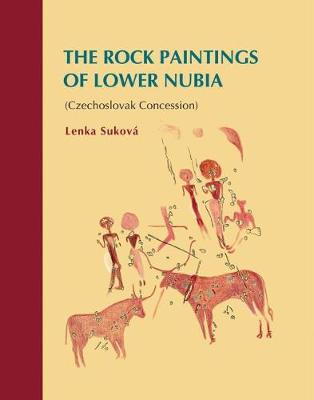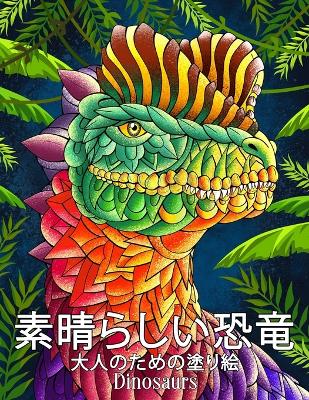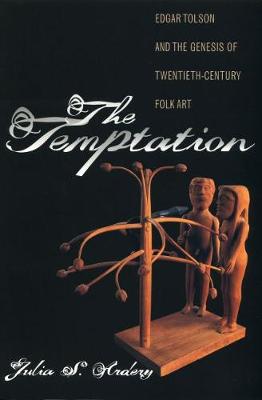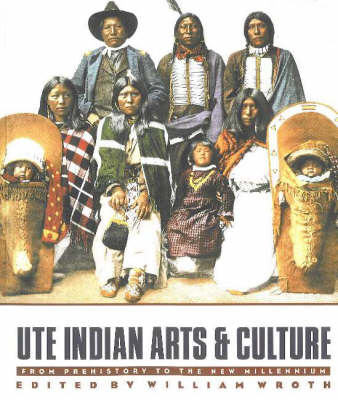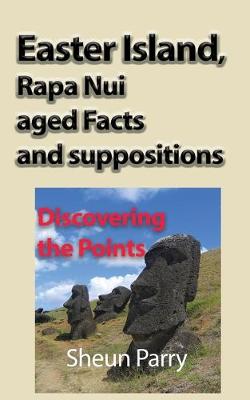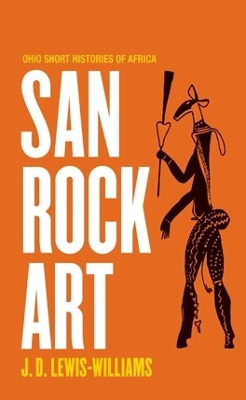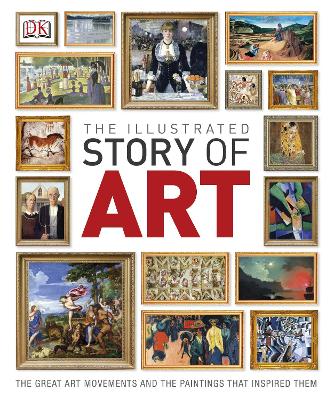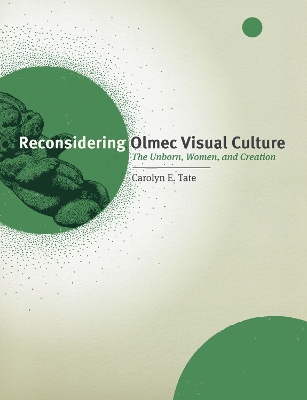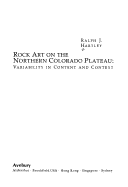Making Value, Making Meaning (Pre-Columbian Symposia and Colloquia)
by Cathy Lynne Costin
Rock Art of the S-belt in Central India (Based on the Discoveries of Late Prof. Shankar Tiwari)
by Pushpa Tiwari and Om Prakash Misra
A Unique Prehistoric Figurine of the Near East (Archaeolingua Series Minor, #15)
by Eszter Banffy
Bramiana (Prehistory Monographs, #66)
The Minoan site at Bramiana in southeastern Crete provides evidence for a Bronze Age economy based on trade, agriculture, and craftwork. This publication uses a new system of organizing the pottery by petrography-sorting it by materials and workshop practices-revealing a trade network of cooking pots and other clay vessels and their contents.
Background to Beakers. Inquiries into the Regional Cultural Background to the Bell Beaker Complex
Background to Beakers is the result of an inspiring session at the yearly conference of European Association of Archaeologists in The Hague in September 2010. The conference brought together thirteen speakers on the subject Beakers in Transition. Together we explored the background to the Bell beaker complex in different regions, departing from the idea that migration is not the comprehensive solution to the adoption of bell Beakers. Therefore we asked the participants to discuss how in their...
The Rock Paintings of Lower Nubia (Czechoslovak Concession)
by Lenka Sukova
The monograph is the first exhaustive publication of nine shelters with rock paintings documented by the Czechoslovak expedition in Lower Nubia in the scope of the UNESCO-organised salvage campaign in the 1960s. The presentation of each of the painted shelters includes description of the landscape setting and physical characteristics of the rock surfaces, analyses of the thematic, stylistic, syntactic, and technical aspects of the rock art, discussion of the spatial and temporal dynamics of the...
Rock Art and the Prehistory of Atlantic Europe: Signing the Land
by Richard Bradley
Why, beginning in the late 1960s, did expressive objects made bypoor people come to be regarded as twentieth-century folk art, increasingly sought after by the middle class and the wealthy?Julia Ardery explores that question through the life story ofKentucky woodcarver Edgar Tolson (1904-1984) and the evolvingpublic reception of his poplar dolls. The Temptation presents a vivid chronicle of folk art'sascendancy in the late twentieth century, enlivened by the voicesand opinions of diverse partici...
The Ute tribes whose arts and culture are the focus of this handsome book are mountain people centred in Colorado with territory extending into New Mexico and Utah. The essays collected here are contributed by Ute cultural leaders and by other scholars. They reveal the richness of Ute material culture, heretofore almost unknown, in groundbreaking studies of Ute prehistory, history, world view, culture, and art. The book is illustrated with colour photographs of 139 historic artefacts and over 40...
Amish Drawings of Florence Starr Taylor
by David Graybill and Florence Starr Taylor
Ancient petroglyphs and paintings on rocky cliffs and cave walls preserve the symbols and ideas of American Indian cultures. From scenes of human-to-animal transformations found in petroglyphs dating back thousands of years to contact-era depictions of eagle trapping, rock art provides a look at the history of the Black Hills country over the last ten thousand years. Storied Stone links rock art of the Black Hills and Cave Hills of South Dakota and Wyoming to the rich oral traditions, religious...
Celtic Art in Ancient Europe
by Paul-Marie Duval and Christopher Hawkes
San Rock Art (Ohio Short Histories of Africa) (Jacana pocket guides)
by J.D. Lewis-Williams
San rock paintings, scattered over the range of southern Africa, are considered by many to be the very earliest examples of representational art. There are as many as 15,000 known rock art sites, created over the course of thousands of years up until the nineteenth century. There are possibly just as many still awaiting discovery. Taking as his starting point the magnificent Linton panel in the Iziko-South African Museum in Cape Town, J. D. Lewis-Williams examines the artistic and cultural signi...
This is your A to Z guide to art! From cave paintings to pop art and modern masterpieces, this absorbing and beautiful art encyclopedia explores the development of art in spectacular detail. Here's what you'll find inside the pages of this visually stunning art book:- Covers every major movement in art from prehistory to the present day- Each movement is tracked in a visual timeline that showcases its key paintings and notable artists and explains its context - the major events in its evolution-...
Recently, scholars of Olmec visual culture have identified symbols for umbilical cords, bundles, and cave-wombs, as well as a significant number of women portrayed on monuments and as figurines. In this groundbreaking study, Carolyn Tate demonstrates that these subjects were part of a major emphasis on gestational imagery in Formative Period Mesoamerica. In Reconsidering Olmec Visual Culture, she identifies the presence of women, human embryos, and fetuses in monuments and portable objects datin...
Rock Art on the Northern Colorado Plateau (Worldwide Archaeology S., No 1)
by Ralph J. Hartley
The author considers aboriginal rock art to be one source of information used by prehistoric peoples in constructing knowledge about the dynamics of the social and physical environment in which they lived. This study examines the relationships between the morphological content of petroglyphs and pictographs and the places at which they occur along the drainage system of the Colorado River in southeastern Utah. Hartley examines the assemblage content of rock art at 388 locations to assess their v...
